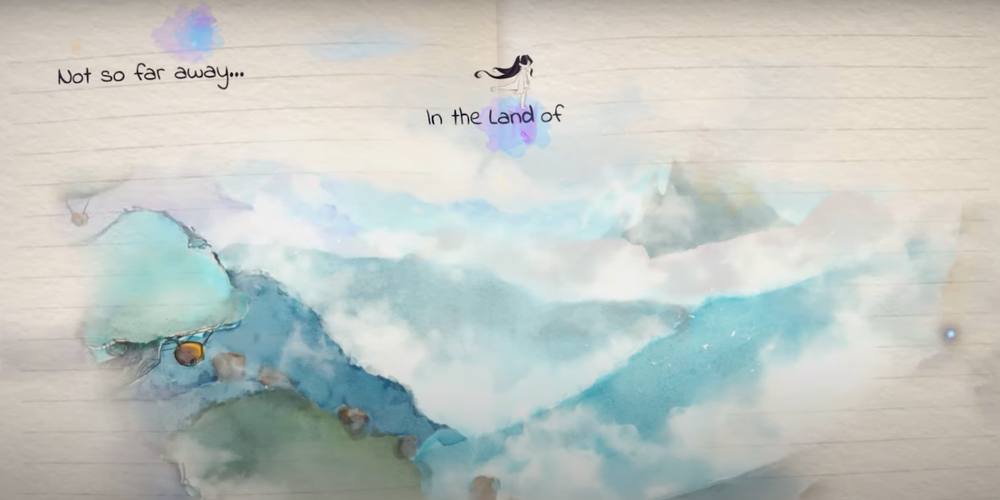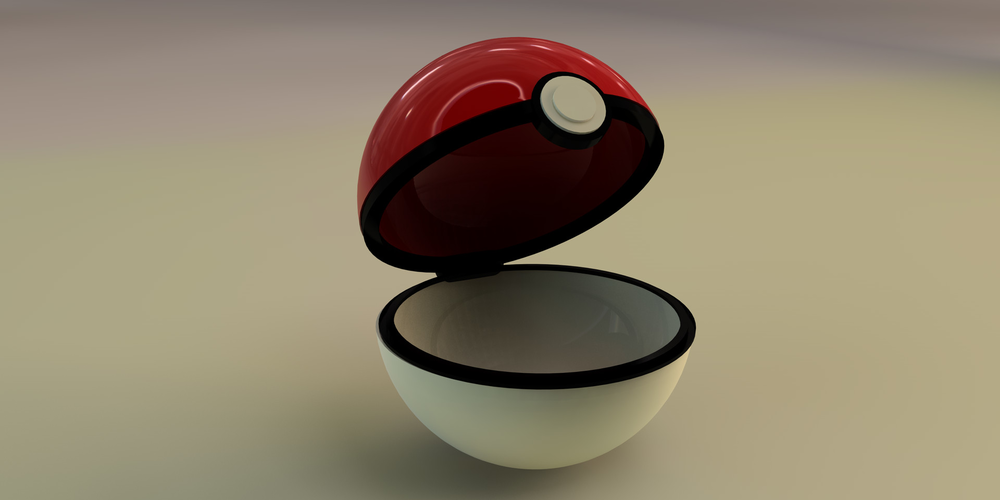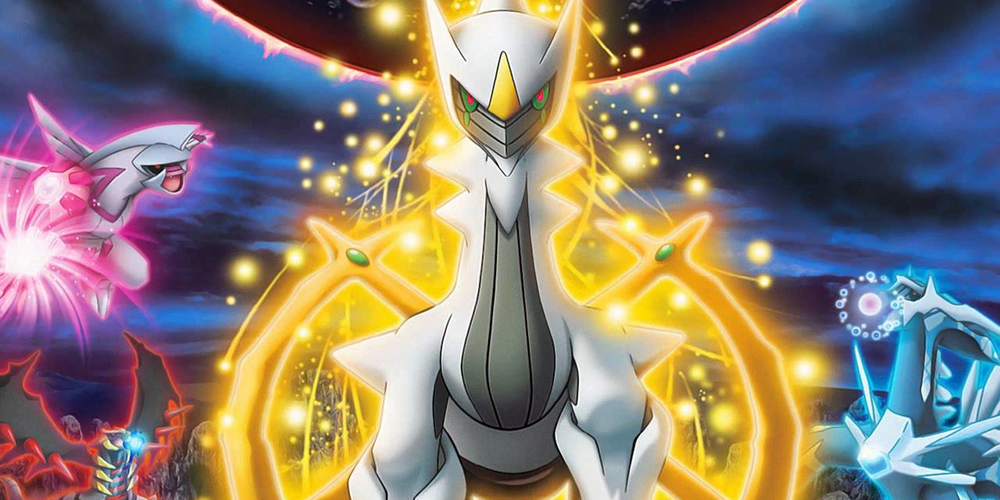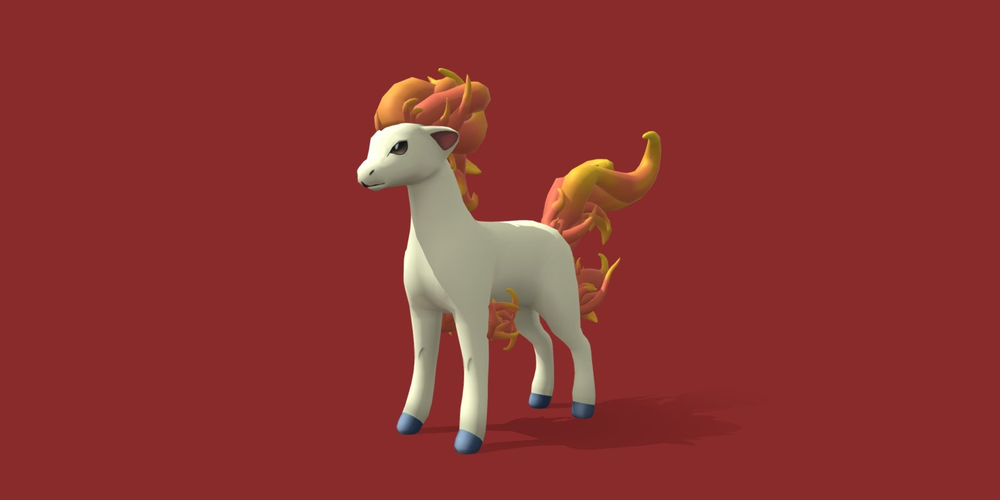How Pokémon Legends: Arceus Connects To Other Games In The Series
Game Freak's Pokémon Legends: Arceus for the Nintendo Switch was released in 2022 to warm praise for shaking up the decades-old formula, and it also creates exciting connections to the Sinnoh-region games. Lore-wise, the action RPG connects to the Generation IV Nintendo DS games Pokémon Diamond, Pearl, and Platinum. Although, given the timing, it's most relevant to the Switch remakes, Brilliant Diamond and Shining Pearl, that launched just two months before Legends: Arceus. Its semi-open-world gameplay structure makes the Hisui region particularly exciting to explore, and its callbacks to the present-day Sinnoh games are more interesting by extension. From the origins of this region's Meiji-inspired age to Giratina's role in the story, Pokémon Legends: Arceus has fascinating implications for this world's mythos.
Pokémon Legends: Arceus' Hisui Region Is The Meiji-Era Sinnoh

While Pokémon Legends: Arceus' region is formally dubbed Hisui, it's fundamentally the Sinnoh region seen in Pokémon Diamond, Pearl, Platinum, and the Nintendo Switch remakes. The former is said to have been set during the Sinnoh region's distant past, at least over 100 years earlier. For at least one frame of reference, an enigmatic side quest NPC in Legends: Arceus named Vessa tells the player that the Ghost/Dark-Type Pokémon Spiritomb was sealed away in an Odd Keystone seen in the present day hundreds of years ago.
Meanwhile, the present-day Pokémon Pearl and Shining Pearl's Pokédex entries claim it was sealed in an Odd Keystone half a century earlier. This suggests that Legends: Arceus took place no more than 300 years before the modern-age Sinnoh games. The setting Pokémon Legends: Arceus seems to draw inspiration from Japan's real-world Early Meiji period. This period in history saw the country lean more into industrialization, with the Hisui region seemingly based on the island of Hokkaido and its colonization. That also feeds into the game's premise of Jubilife Village being the region's only human settlement. In Pokémon's Generation IV games and Gen VIII remakes, this village becomes the bustling Jubilife City.
It's the Sinnoh region's biggest urban center, which is used to help justify why the Pokétch Company is based there and how players obtain the Key Item gadget. Similarly, it's also used as the base of operations for the Global Trade Station (Global Wonder Station in Brilliant Diamond and Shining Pearl) where players can connect with other trainers online.
Hisuian Researchers Paved The Way For The Modern Poké Ball

Perhaps the most pivotal tool in the Pokémon franchise is the Poké Ball. This high-end technology is the foundation for how much of the video game series and the anime's premise can function. It lets trainers catch, befriend, and train their Pokémon, and while not everything is known about these items, Legends: Arceus sheds more light on their mechanics and origins. At least part of its mysteries can be attributed to The Pokémon Company not being too concerned with adhering to a strict canonical ruleset. Regardless, the Nintendo Switch game offers insight into the creation of the "pre-modern Poké Ball," and how it paved the way for the versions seen in the modern era.
With the relatively new human settlers of Jubilife Village in the Hisui region learning to coexist with these mysterious, supernatural animals, researchers developed the earliest Poké Balls out of Apricorns. They were all specifically made out of Brown Apricorns — including specialized Poké Balls that involved other ingredients. The first appearance of these crafting items in the mainline video games was in Pokémon Gold and Silver for the Game Boy Color.
Kurt in Azalea Town crafts Apricorn Poké Balls professionally, even though modern technology has evolved beyond requiring them. The incentive for using them is they make certain species easier to catch, like those above a certain weight, or make captured monsters more friendly and faster — which is useful for Pokémon that evolve via Happiness. Since the Generation II Johto games, this style of Poké Ball returned as a gameplay mechanic in the Gen IV remakes, Sword and Shield's DLC expansion, and the most recent Scarlet and Violet. In this sense, Pokémon Legends: Arceus marked a major turning point in humanity's growing dynamic with the creatures around them.
Several Characters In Legends: Arceus Are Nods To The Present-Day Cast

One of the most overt connections Pokémon Legends: Arceus has with the games that follow it in the timeline is its cast. Many are references to modern-era characters, between the two playable protagonists players can choose from and the supporting cast. Rei and Ikari, the game's male and female heroes, can and can't be seen as ancestors of the protagonists from the Nintendo DS games. Considering the story's time-traveling-themed opening, the playable character could be the same Lucas or Dawn from the modern age. Meanwhile, the unchosen playable character who becomes a supporting character in Jubilife could be the ancestor.
This includes the connection between the Galaxy Expedition Team and the Sinnoh games' villainous Team Galactic. Ironically, a positive force for scientific research and understanding Pokémon, it appears the team's core tenants were warped and misinterpreted when the villainous Cyrus founded Team Galactic. Cyllene, one of the Galaxy Expedition Team's admins, is heavily implied to be Cyrus' ancestor. Similarly, its leader Commander Kamado appears to be the ancestor of the Sinnoh games' Professor Rowan.
Elsewhere, the enigmatic Volo of the Ginkgo Guild merchants and Cogita may both be ancestors to the fan-favorite League Champions Cynthia. On top of sharing similarities in their choice of Pokémon teams, all three characters seem to share a deep interest in the Legendary beasts of the region and their ties to the world's creation. However, as the plot reveals, Volo is a sinister spin on Cynthia while Cogita resembles the Sinnoh Champion's altruism.
Volo's Questline And Giratina's First Appearance Allude To Platinum

Giratina, the Ghost/Dragon-Type Legendary banished to another realm by Arceus, was the flagship monster of 2009's Pokémon Platinum. The story was moderately updated from Diamond and Pearl to make this beast more involved, giving it the new Origin Form and taking players into its foreboding Distortion World. This influenced Pokémon Legends: Arceus' plot in more ways than one, and most directly in the post-game quest featuring Volo. The Ginkgo Guild merchant reveals his nefarious intentions, telling the player he was responsible for causing the space-time rift. Using Giratina, he wants to summon the godly Arceus to remake the world in his image.
This is another nod to Cyrus' attempts to do something similar in Platinum. In both games, the antagonist involves Giratina in its otherworldly Origin Form in a misguided plan to exert control over space and time. This alternate form is said to be the dragon at the peak of its powers and Legends: Arceus extended this lore to Dialga and Palkia. Arceus created Dialga, Palkia, and Giratina primarily in these forms in its image, staying in them when living in their native dimensions. This game was the first time in the Pokémon mythos that Dialga and Palkia's Origin Forms were seen in this world.
Conclusion
In addition to being a much-needed shakeup to the game series' formula, Pokémon Legends: Arceus connects to the wider universe's lore in various fascinating ways. Sometimes they're simple, yet entertaining easter eggs, while others have deeper explanations about how this world functions. This new core video game series is a terrific format to explore this world's history, with fans surely hoping 2025's Pokémon Legends: Z-A does the same for the Kalos region.

Comments 0
Leave a reply
Tell us what do you think about this review. Your email address will not be published.
Your comment is awaiting moderation. We save your draft here